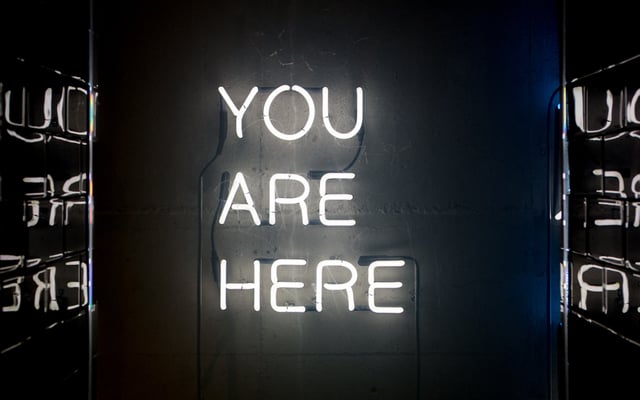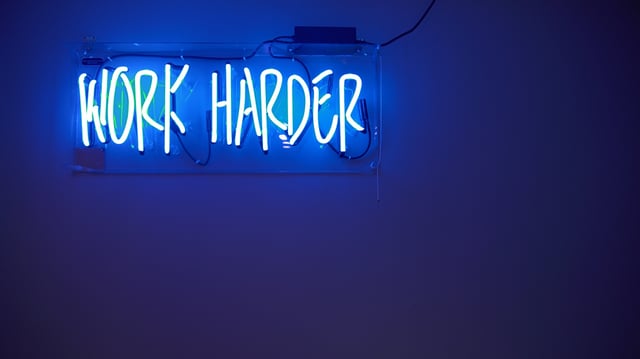For the first time in recent history, five generations of workers are now employed side by side. This offers both an opportunity and a challenge to modern companies.
Engaging a multigenerational team can be difficult. But, it is shockingly simple when you exercise one tool: empathy.
You might be wondering — how does the year one was born have anything to do with collaboration? But the reality is, shared experiences can create common personality traits that bind people together in significant ways.
For example, you can expect someone who came of age during a recession to have a vastly different perspective about how the world works than someone who was born shortly after a postwar economic boom. This can create friction in the workplace when ideas are seen as tried and true procedures for some, and ancient history for others.
The key to working with any person different than you is to acknowledge the fact that they’ve also had a different life experience than you. If teams acknowledge that experience, they can begin to learn from one another and grow. When you embrace multiple generations, you are embracing a diversity of thought.
According to a 2015 report on employee job satisfaction and engagement from SHRM, respectful treatment is rated as the top indicator for employee satisfaction and engagement. Here's how to better respect and understand where employees of each generation are coming from, while leveraging their unique strengths.

Silent Generation
Born: 1928 to 1945
Shaped by: World War II, Vietnam War, Korean War, the Great Depression, the New Deal
- This generation has witnessed the most drastic changes in their lifetime. Allow them to advise companies on how to maintain stability and structure.
- Due to the influence of the Great Depression, members of the silent generation tend to be conservative with their money. Their frugality and saving tips can benefit any firm.
- As this generation typically holds traditional values about authority, remember to respect the silent generation’s experience.
Baby Boomers
Born: 1946 to 1964
Shaped by: Economic prosperity, the Civil Rights movement, the moon landing, Woodstock, Rock & Roll and the JFK assassination
- Baby Boomers are typically described as optimistic and entrepreneurial. They have faith that the world will improve over time, due to their own experience observing historical changes. Workers from other generations ought to ask Baby Boomers about what keeps their positive energy up.
- Baby Boomers are less frugal with their money than the silent generation. As eager consumers themselves, this generation has an excellent grasp on customer behavior.
- The group that invented the 60 hour work week, Baby Boomers value grit and hard work. Their perseverance can serve as an excellent role model for other team members.
 Generation X
Generation X
Born: 1965 to 1980
Shaped by: Watergate, Layoffs, family instability, MTV, the end of the Cold War
- Many Generation Xers had less parental supervision and micro-management during childhood than other generations, as a result of many more mothers entering the workforce. Their self reliance and independence is a great asset to firms.
- Members of Generation X are the first group to not be more financially stable than their parents and previous generations. As they tend to be realists, they bring a practical perspective to companies.
- Although Baby Boomers live to work, Generation X works to live. An organization can learn from this group how to achieve a healthy work-life balance.
Millennials
Born: 1981 to 1997
Shaped by: 9/11, the Great Recession, the rise of the Internet, school shootings, after school activities, helicopter parents
- Millennials have witnessed several business and social structures collapse in their short lifetimes. When they share feedback, listen – it just might future proof your business.
- This group cares about positive impact and finding their life-purpose more than money. With a millennial on the team, managers can incorporate a big-picture view to how the company interacts with the world at large.
- Millennials grew up in more diverse world. More seasoned professionals ought to learn from them when it comes to building tools and services fit for a diverse audience.

Generation Z
Born: 1998 and later
Shaped by: terrorism, climate change, smartphones, social media, the shareable economy, Cyberbullying
- This generation is growing up during a time of instability, so it can be hard for them to envision themselves working at a company for multiple decades. Managers ought to offer emotional investment and mentorship to Generation Zers if they hope to attract company loyalty.
- Generation Z was shaped by such technologies as the iPhone, digital-media and online shopping, conditioning them to have a short attention span. These digital natives know what grabs attention and what doesn't, so let them share input on marketing decisions.
- Due to the increased exposure to digital information, Generation Zers are true trend spotters. By learning from them, a company can stay one step ahead of the curve.

.jpg?width=640&name=clark-tibbs-367075%20(1).jpg)

